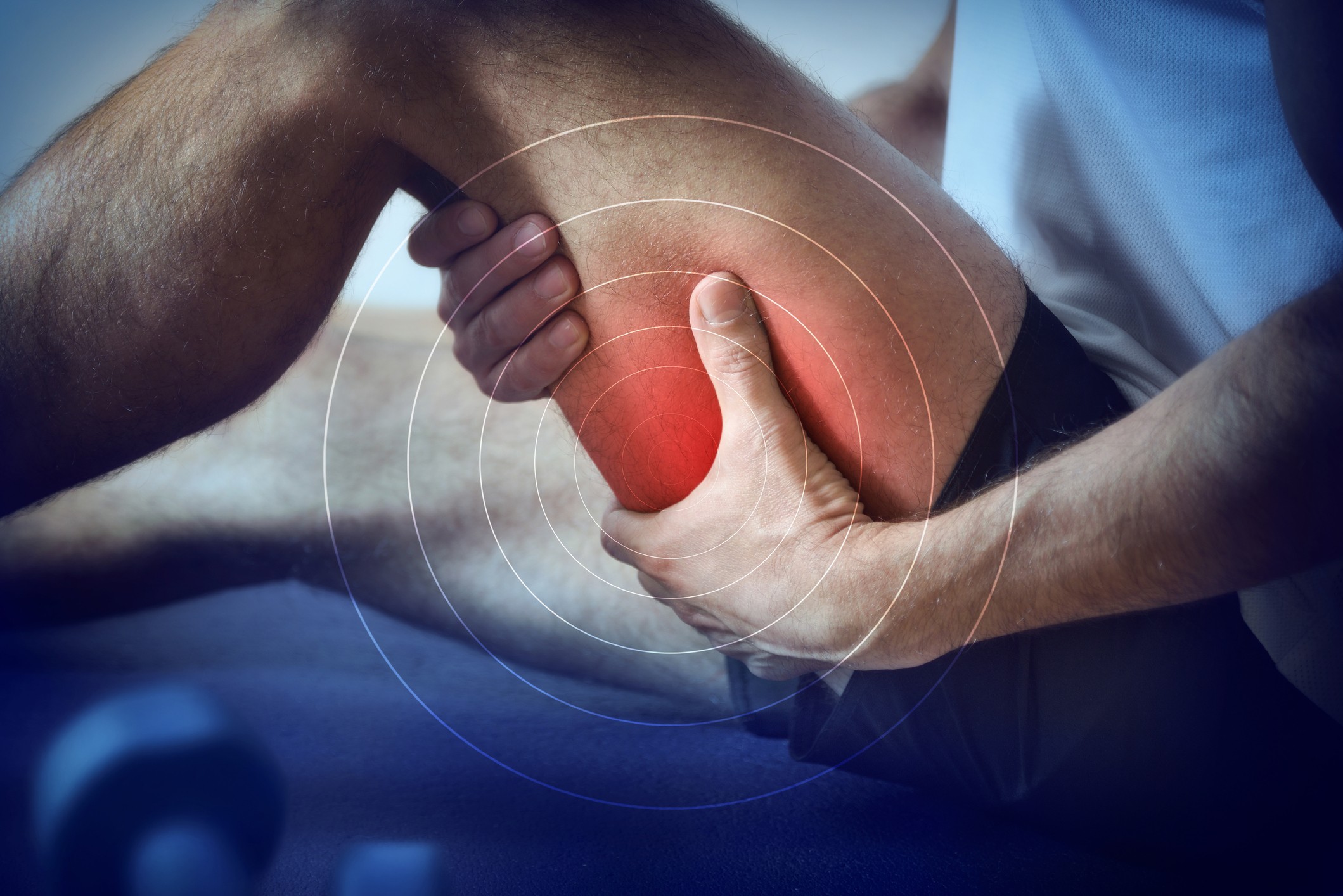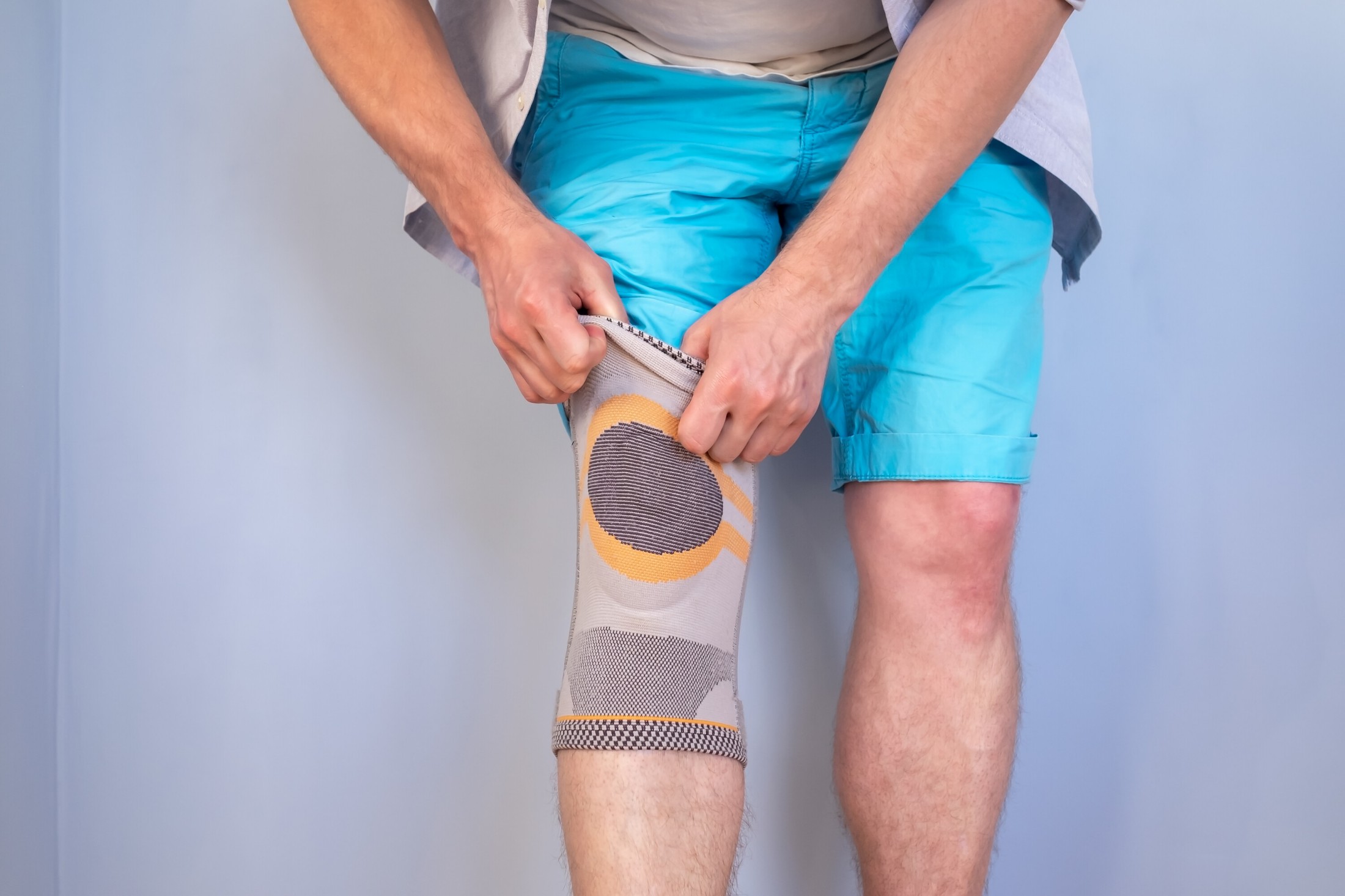An Orthopedic Shoulder Brace, is an orthopedic device, actively stabilizes, compresses, and supports the shoulder joint. It aids in recovering from various shoulder injuries and conditions. These braces, available in different styles, materials, and sizes, meet individual needs and preferences and are often key in treating shoulder-related issues comprehensively.
The shoulder joint’s intricate structure and wide range of motion make it prone to injuries and strain. A properly fitted shoulder support device is essential in the healing journey, as it alleviates pain, reduces inflammation, and stabilizes the injured area. Using an Orthopedic Shoulder Brace not only prevents further damage but also ensures correct alignment. It supports the healing process, allowing the affected muscles, tendons, and ligaments to rest and recover efficiently.
Types of Orthopedic Shoulder Devices
Sling braces
Sling braces, known for their role as shoulder immobilizers, actively support and immobilize the shoulder joint. They limit movement, allowing the injured area to rest and heal effectively. These braces usually feature a padded strap around the neck and a fabric sling cradling the arm in a raised, comfortable position. Medical professionals often recommend sling braces for conditions requiring restricted mobility, such as after surgery, dislocations, fractures, or similar injuries.
Compression braces
Compression braces gently encircle the shoulder joint, offering mild compression to reduce swelling, ease pain, and enhance circulation. Crafted from elastic or neoprene materials, these braces are adjustable to ensure a snug and comfortable fit. They are particularly beneficial for individuals experiencing mild to moderate shoulder pain, strains, and inflammation, providing support during everyday activities.
Stabilizing braces
Stabilizing braces are specifically designed to provide targeted support to areas of the shoulder joint, like the rotator cuff or the acromioclavicular (AC) joint. These braces often come with adjustable straps and reinforcements to stabilize the injured area, restrict excessive movement, and encourage proper joint alignment. Stabilizing braces are especially useful for athletes or those recovering from significant shoulder injuries, such as rotator cuff tears or AC joint separations, offering crucial support during the healing process.
Custom-fit braces
Custom-fit braces are tailored to the individual’s specific needs and body measurements, ensuring optimal support, comfort, and effectiveness. These braces are typically prescribed by a healthcare professional, such as an orthopedic specialist or a physiotherapist, after a thorough assessment of the individual’s injury and requirements.
Custom-fit braces can be particularly beneficial for individuals with unique anatomical features, complex injuries, or those who have not found relief with off-the-shelf brace options.
Benefits of an Orthopedic Shoulder Brace
The shoulder is one of the most complex joints in the body, and it’s also one of the most susceptible to injury. Whether you’re an athlete, a manual laborer, or simply someone who spends a lot of time typing or using a mouse, you may be at risk for shoulder injuries or conditions.
Pain relief and reduced inflammation
One of the primary benefits of using an Orthopedic Shoulder Brace is pain relief. By providing compression and support to the injured area, a brace helps to alleviate pain and reduce inflammation. This, in turn, makes it easier for individuals to perform daily activities with greater comfort and less discomfort.
Improved stability and joint protection
Orthopedic shoulder devices are designed to stabilize the injured shoulder joint, preventing harmful movements that could cause further damage. By limiting the range of motion and supporting the joint, a shoulder support brace helps protect the healing tissues and promotes a safer recovery process.
Enhanced posture and alignment
Poor posture and misalignment can exacerbate existing shoulder injuries or contribute to the development of new ones. An Orthopedic Shoulder Device helps to maintain proper shoulder alignment, which can reduce strain on the affected muscles and tendons. Additionally, by promoting good posture, a Shoulder Support Brace can help to minimize the risk of developing other musculoskeletal issues, such as neck or back pain.
Faster healing and recovery process
Using a shoulder brace can aid in healing by providing support, compression, and stability to the injured area. This allows the tissues to rest and repair more effectively. Along with treatments like physical therapy, an orthopedic shoulder device helps individuals regain strength, range of motion, and function more quickly. This leads to a faster and more efficient recovery.
Common Shoulder Injuries and Conditions
- Rotator cuff injuries
Rotator cuff injuries are common among athletes and those who perform repetitive overhead movements. These injuries involve damage to the tendons and muscles that stabilize the shoulder joint and can range from mild strains to complete tears. A support brace can provide compression and support to the injured area, alleviating pain, reducing inflammation, and promoting healing. - Dislocations and subluxations
Shoulder dislocations and subluxations occur when the head of the humerus (upper arm bone) partially or fully comes out of the shoulder socket. These injuries can be extremely painful and often require immobilization to allow the affected ligaments and soft tissues to heal. A shoulder brace, particularly a sling brace, can help immobilize and support the shoulder joint during the recovery process, minimizing the risk of re-injury. - Frozen shoulder
Frozen shoulder, or adhesive capsulitis, is a condition characterized by stiffness, pain, and limited range of motion in the shoulder joint. This condition often develops gradually and can persist for months or even years. An Orthopedic Shoulder Brace can help alleviate pain and provide gentle compression, which may improve circulation and promote healing. In addition, a brace can be used in conjunction with physical therapy exercises to gradually restore range of motion. - AC joint injuries
The acromioclavicular (AC) joint connects the collarbone (clavicle) to the highest point of the shoulder blade (acromion). AC joint injuries, such as sprains or separations, often result from direct trauma to the shoulder or from a fall on an outstretched arm. A stabilizing Shoulder Brace can help support the injured joint, limit excessive movement, and reduce pain during the healing process. In some cases, a more specialized brace designed specifically for AC joint support may be recommended.
How to Choose the Right Support Brace
The first step in choosing the right Orthopedic Shoulder Device is to assess the nature and severity of your injury. Different types of braces are designed for different conditions and levels of support. For example, if you have a mild strain, a compression brace might be sufficient. However, if you’re recovering from a dislocation or a more severe injury, a stabilizing or sling brace may be more appropriate.
If you’re an athlete or someone who engages in regular physical activity, you’ll need a brace that allows for a comfortable range of motion without compromising support. On the other hand, if you spend most of your day in a sedentary position or require immobilization for your injury, a more restrictive brace might be necessary. In any case, it’s crucial to find a brace that suits your needs and doesn’t hinder your daily activities.
Consulting with a healthcare professional, such as a physiotherapist, orthopedic specialist, or your primary care physician, is highly recommended when choosing a shoulder brace. They can diagnose your injury, assess its severity, and recommend the most suitable brace for your situation.
In some cases, a healthcare professional may suggest a custom-fit brace tailored to your unique needs and anatomy. This ensures optimal support, comfort, and effectiveness during the healing process.
Using an Orthopedic Shoulder Brace Effectively
One of the most important factors in using an Orthopedic Shoulder Devices effectively is ensuring proper fitting and adjustment. A poorly fitted or improperly adjusted brace can cause discomfort or even worsen your injury. The brace should fit snugly but not be too tight, and it should allow for comfortable movement while providing adequate support.
As your injury begins to heal, it’s crucial to gradually increase your activity levels while continuing to use your support brace as needed. Pushing too hard too soon can exacerbate your injury or cause new ones. Your healthcare provider can recommend specific exercises or physical therapy programs to help you regain your strength, range of motion, and function safely and effectively.
An Orthopedic Shoulder Devices is just one component of an overall treatment plan for shoulder injuries or conditions. It’s essential to complement brace use with other treatments and therapies, such as physical therapy, massage therapy, or medications, as recommended by your healthcare provider. This holistic approach can help you achieve optimal healing and recovery, minimizing the risk of re-injury and promoting long-term shoulder health.
Shoulder braces can be a game-changer for individuals recovering from shoulder injuries or conditions. By providing support, compression, and stability to the injured area, a Brace can help alleviate pain, reduce inflammation, and promote healing. In many cases, a support brace can help individuals regain their strength, range of motion, and function more quickly and efficiently, allowing them to return to their daily activities with greater comfort and confidence.
Shoulder Brace Selection and Usage
Choosing the right Orthopedic Shoulder Device and using it effectively requires professional guidance and advice. Healthcare providers, such as physiotherapists, orthopedic specialists, or your primary care physician, can diagnose your injury, assess its severity, and recommend the most suitable brace for your situation. They can also provide instructions on fitting, adjusting, and using the brace to maximize its benefits and minimize the risk of complications.
Using a shoulder brace is just one component of a comprehensive approach to injury recovery. It’s essential to complement brace use with other treatments and therapies, such as physical therapy, massage therapy, or medications, as recommended by your healthcare provider. This holistic approach can help you achieve optimal healing and recovery, minimizing the risk of re-injury and promoting long-term shoulder health.
Share This Story, Choose Your Platform!
Table of Contents
We specialize in orthotics, body braces, and compression wear tailored to your unique needs in Toronto. Reach out to us at info@caremed.care or call 416-782-5353 to book your fitting and consultation.
Experience the difference of customized solutions designed just for you.











